This location is open to the public, but as a courtesy to nearby homeowners, I ask that you limit your visits to daylight hours.
As the home of the Tennessee Walking Horse Celebration, Shelbyville and Bedford County has always been known for it’s famous horses. Names like Strolling Jim, Midnight Sun and Go Boy’s Shadow are still bantered about on the courthouse square. So imagine my surprise when I found that before these was a horse who’s fame eclipsed them all, perhaps the most famous equine of the 20th century, now mostly forgotten, Beautiful Jim Key.
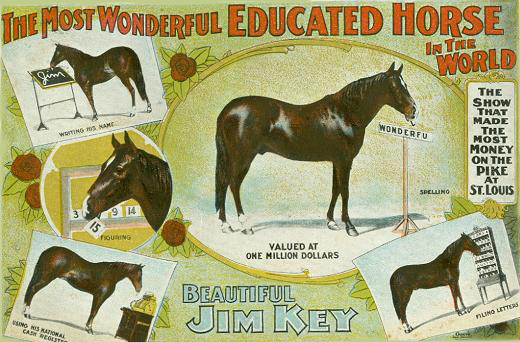
The story of Jim Key starts with his owner and trainer “Dr.” William Key. “Doc” Key was born a slave in 1833. He always had a way with horses and he eventually became a self-taught veterinarian. Freed after the Civil War, he opened a hospital for horses in Shelbyville, Tennessee, where “Doc” Key began making his own “Keystone” liniment which he sold in a traveling medicine show.
As part of his medicine show, Doc Key acquired the legendary Lauretta “Queen of Horses,” an Arabian mare who was allegedly stolen from a sheikh in Persia and sold to P.T. Barnum to tour Europe as a circus performer. After her popularity began to wane, Lauretta was sold to low-rent circuses in the U.S. where she suffered mistreatment and neglect. After Doc Key bought Lauretta and nursed her back to health, she became a useful marketing tool. He traveled throughout the South peddling his Keystone Liniment as a cure-all for horses, and Lauretta was an excellent example of a horse that had benefited from the liniment’s properties.
After Lauretta foaled a colt by the famous trotter, Tennessee Volunteer in 1889, the mare’s health deteriorated rapidly and her spindly-legged colt essentially became an orphan. Doc Key named the colt Jim, after a local drunkard who had a similar gait. As with many other motherless foals, Jim became attached to his human caregiver and began to develop quirky, almost human-like behavior.
Jim began picking up tricks he learned while watching Bill’s dog fetch sticks, sit, and roll over. The colt insisted on spending every moment with his owner, so he even slept on blankets in the Key family home at night. Bill’s wife Lucinda, who was tolerant of her husband’s unique relationship with the young horse, first figured out that Jim Key could answer yes or no questions. She was eating an apple in front of him when she asked, “Jim, do you want a piece of apple?” He nodded his head and up down in response.
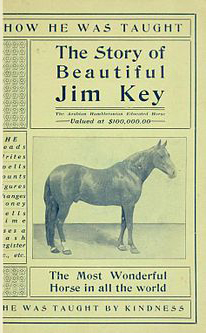
When Bill Key witnessed this behavior, he began tutoring Jim in politics, Bible passages, math, and the alphabet. The "keystone" of Doc Key's training was to never punish, but to use only kindness and positive reinforcement. His methods involved patience and kindness rather than force; he was ahead of his time in embracing restraint and gentleness in his management of equine training. Soon, the horse went on the road with him where they’d give impromptu comedy performances as part of Bill’s sales pitch for Keystone Liniment.
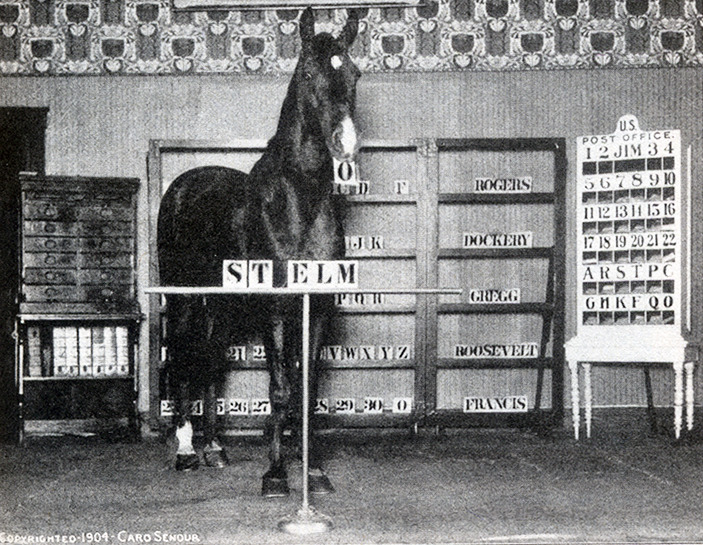
As Doc made Jim a larger portion of the show, he taught Jim Key to act like he was lame, which Doc Key would then ‘cure’ with his horse liniment. Next he taught the horse to lie down and act like he had colic, which was then cured in the same fashion. Doc Key went on to teach his prodigy many other tricks. They traveled together for seven years with Jim Key’s performances expanding.
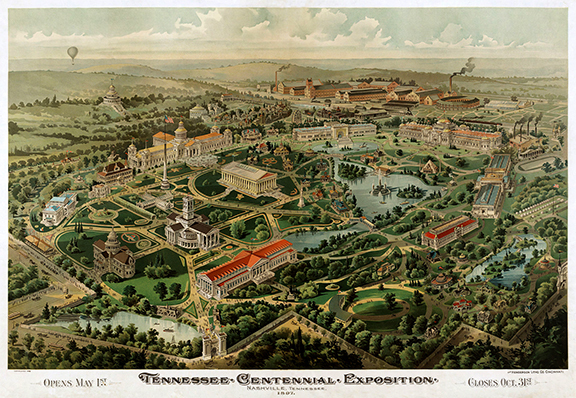
The 1897 Centennial Exposition was held where Nashville's Centennial Park now stands. The Parthenon was originally created for this exposition. It is the the only remaining structure from this map of the exposition.
Bill had his sights set on Jim performing at the upcoming 1897 Tennessee Centennial Exposition, so the two gave a demonstration for the fair’s officials. In his show Jim Key would spell out words by picking out the letters of the alphabet, do math, pick out any playing card he was asked for, tell time, sort mail, take cash to a cash register where he would ring up the correct amount and bring back the correct change, play an organ and pick up a silver dollar from the bottom of a bucket full of water with his mouth. They were accepted and their act was seen by thousands, including President William McKinley. Shortly afterward a local newspaper printed President McKinley’s statement about Jim Key.
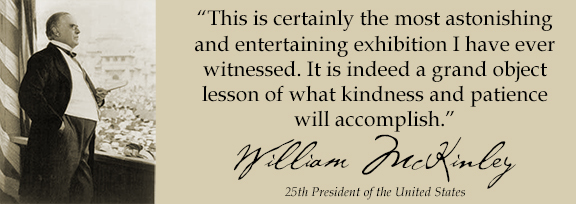
Promoter Albert Rogers was operating his own attractions, a log ride and a giant seesaw at the Centennial Exposition. When he read McKinley’s comments, he went to see Doc Key’s amazing horse and became determined to buy him. The two struck a deal where Rogers would become Jim Key’s promoter and owner in the public’s eyes, but in reality would remain Doc Key’s horse, which allowed the show to be performed in many venues which would have been closed to the former slave.
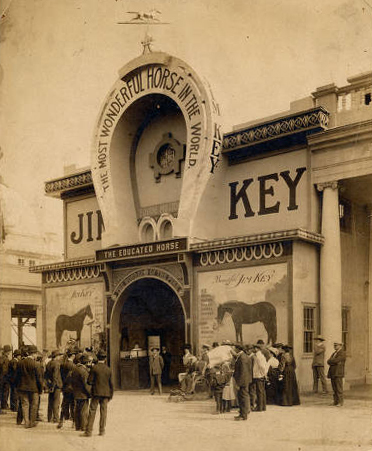
From then on Beautiful Jim Key performed at state fairs, major expositions and two world’s fairs. He was one of the most popular attractions at the 1904 World’s Fair in St. Louis and it’s top moneymaker. He even appeared alongside John Phillip Sousa and had his own pavilion. For the next seven years, Doc and Jim Key performed for an estimated 10 million Americans and were written about in all the major newspapers. Jim Key was the most famous horse of his time and had even become popular enough to have a dance step named for him, the Beautiful Jim Key Two-Step.
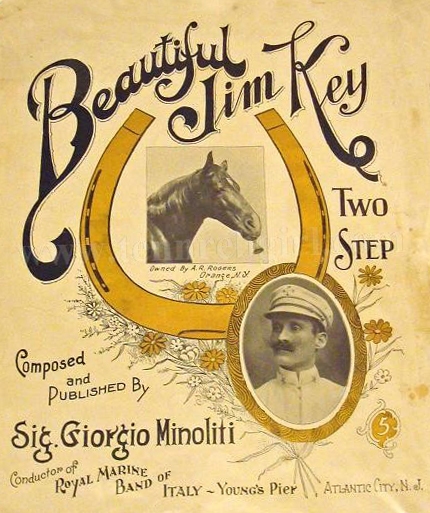
Rogers arranged for Bill and Jim to appear at venues throughout the East and even developed a two-act play called The Scholar and a Model Office Boy that the duo performed in theaters. Rogers’ ambition was to become respected in humane circles, so he appealed to animal protection organizations to sponsor the act on the road. Rogers made an effort to explain to anyone who would listen that Beautiful Jim Key’s message was that with kindness, animals can be taught to do anything. It was a great success with over a million people joining the Jim Key Band of Mercy, a club that facilitated social circle discussions about the humane movement, and more than a million children signing the Jim Key Pledge promising “I will try to be kind to all harmless living creatures, and try to protect them from cruel usage.”
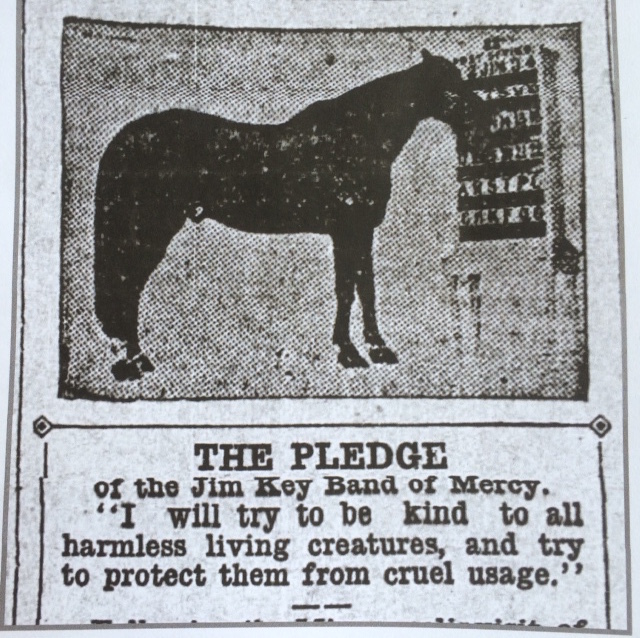
Jim Key was at the height of his popularity and money-making abilities when he developed rheumatism and was retired to the farm in 1906. The “Famous Arabian Hambletonian Educated Horse” Jim Key lived out his days here in the countryside near Shelbyville, dying at the age of 23 in 1912.
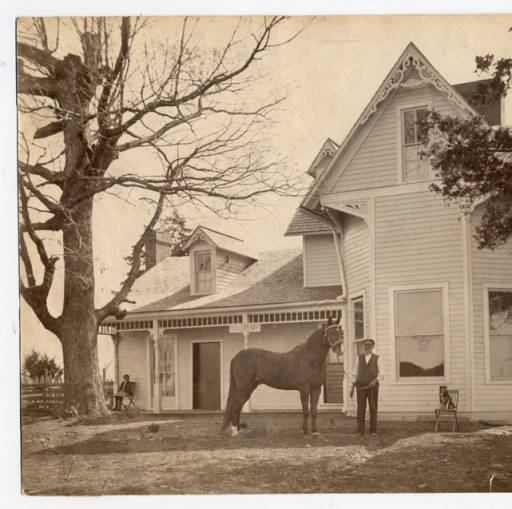
In order to get credit for this virtual cache you must complete two tasks.
1. Post a picture of yourself or group (or something identifying you, your GPS, sign, etc.) with the memorial in the background.
2. Message me (a) the number on the mailbox just northwest of the memorial and (b) the second word on the back of the memorial.
Thank you for sharing in this local piece of forgotten history. If you are interested in learning more, here is a video from The Horse Show with Rick Lamb featuring the story of Beautiful Jim Key.
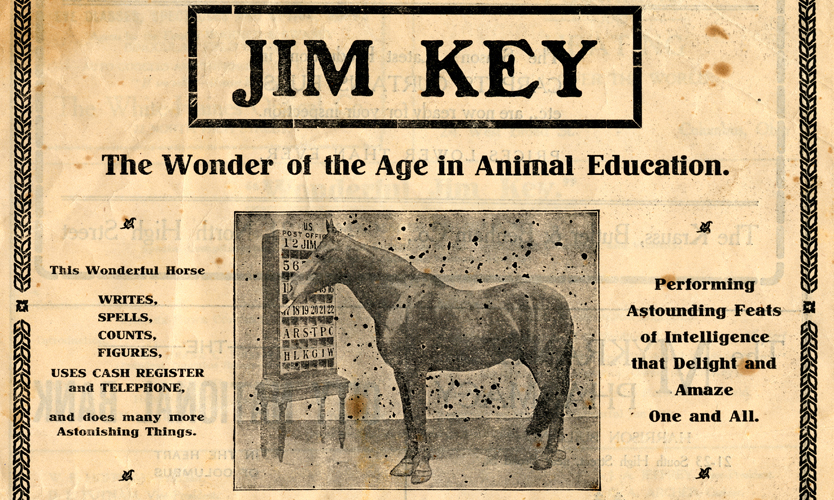
Virtual Reward - 2017/2018
This Virtual Cache is part of a limited release of Virtuals created between August 24, 2017 and August 24, 2018. Only 4,000 cache owners were given the opportunity to hide a Virtual Cache. Learn more about Virtual Rewards on the Geocaching Blog.